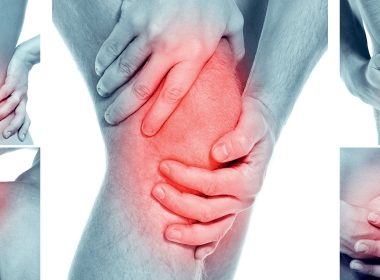Australia’s iconic “slip, slop, slap” TV campaign has engrained in us the importance of shielding our skin from the sun’s harmful rays for more than 30 years. But researchers are learning that sunlight can play a protective role against inflammatory diseases and impact our circadian rhythms in critical ways.
Since the dawn of time, the sun has captivated human imagination. It has been central to the myths we created to understand the universe and our existence. According to Linda Geddes, science journalist and author of the book Chasing the Sun, it was sunlight-driven reactions that provided the raw materials needed for the evolution of life.
“As the sun’s light penetrated our eyes, it changed the chemistry of our brain, tweaking pathways that control our internal sense of time. The sun brought order to our ancestor’s biochemical reactions and behaviours and they found that it also brought spiritual order to their lives,” Geddes writes.
Our record of the sun’s medicinal benefits stretches far back into history. The Romans, Greeks, Egyptians and Babylonians all recognised the powerful curative properties of the sun. A medical document from Egypt – known as the Ebers Papyrus and dated to around 1550BC – advised using sunlight as a tonic for pain, while modern research into how the sun’s rays affect us reflects similar thinking about harnessing light for healing.




